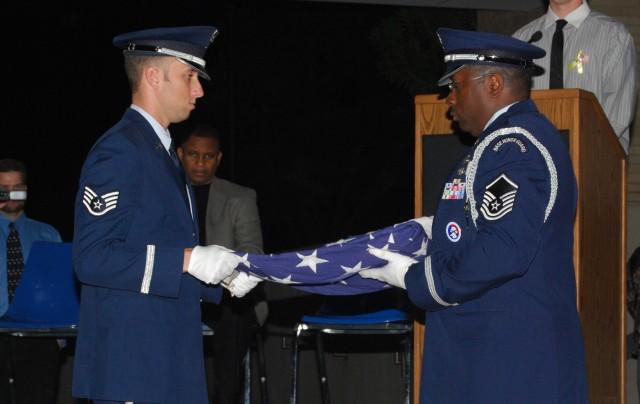By Dianna Flores/ reporter
The Texas cattle industry is one of the leading beef producers in the United States, an educator for the Cattle Raisers Museum in Fort Worth told SE students Oct. 21.
David Bedford presented The History of the Cattle Industry in Texas as part of the SE library’s Dust, Drought, and Dreams Gone Dry program.
“We learn through history what to do and what not to do,” he said.
Cattle were first brought over to the new world in the 1500s, Bedford said. Though the cattle first didn’t survive, they began to thrive later on, he said. He described cattle drives, the Great Depression and the Dust Bowl.
Bedford gave students a brief history on the origin of terminology used by cowboys. He also spoke about cattle brands, the reasons why cattle died when introduced to America — some from a tick from longhorn cattle — and the impact railroads and barbed wire had on cattle drives.
Sedalia, Chisholm, Western and Goodnight-Loving trails were the first trails for the cattle drives. Up until 1865, Sedalia was the only trail for cowboys to take. However due to the ticks that longhorns brought with them from Texas, cattle from the passing farmers began to die. This tick was originally brought to America from Spain. Although longhorns were immune to it, the local cattle weren’t. Soon cattle drivers were turned away by the local farmers.
Chisholm Trail is the most nationally known trail, Bedford said. Though the name of the trail is derived from Jesse Chisholm, he was not a big contributor to the idea. He traded cattle with Native Americans. The trail was originated by Joseph McCoy, an entrepreneur who had the idea to make a small town in what is now called Abilene. This town had a hotel, bank, office and stockyard and would operate as a starting point to transport cattle via train to bigger cities in the East.
Railroads made transportation of cattle much easier and more convenient, Bedford said. Cowboys no longer had to travel and drive cattle up north. They would only take them to Abilene and sell them to McCoy, who would then transport them up north.
Barbed wire, however, made it almost impossible for cowboys to drive the cattle through land. Although at first, the cowboys cut the wire, it was soon illegal to do so and punishable by death.
“The cattle industry is very important in Texas,” he said. “People don’t realize the significance of it.”
Bedford cited the significance cattle have today. Although cattle drives lasted a short period from 1865 to 1890, eventually the demand for cattle and beef increased as did production, he said.
Technology, including GPS, virtual roundups and microchips, has made breeding and managing cattle easier, Bedford said.





























